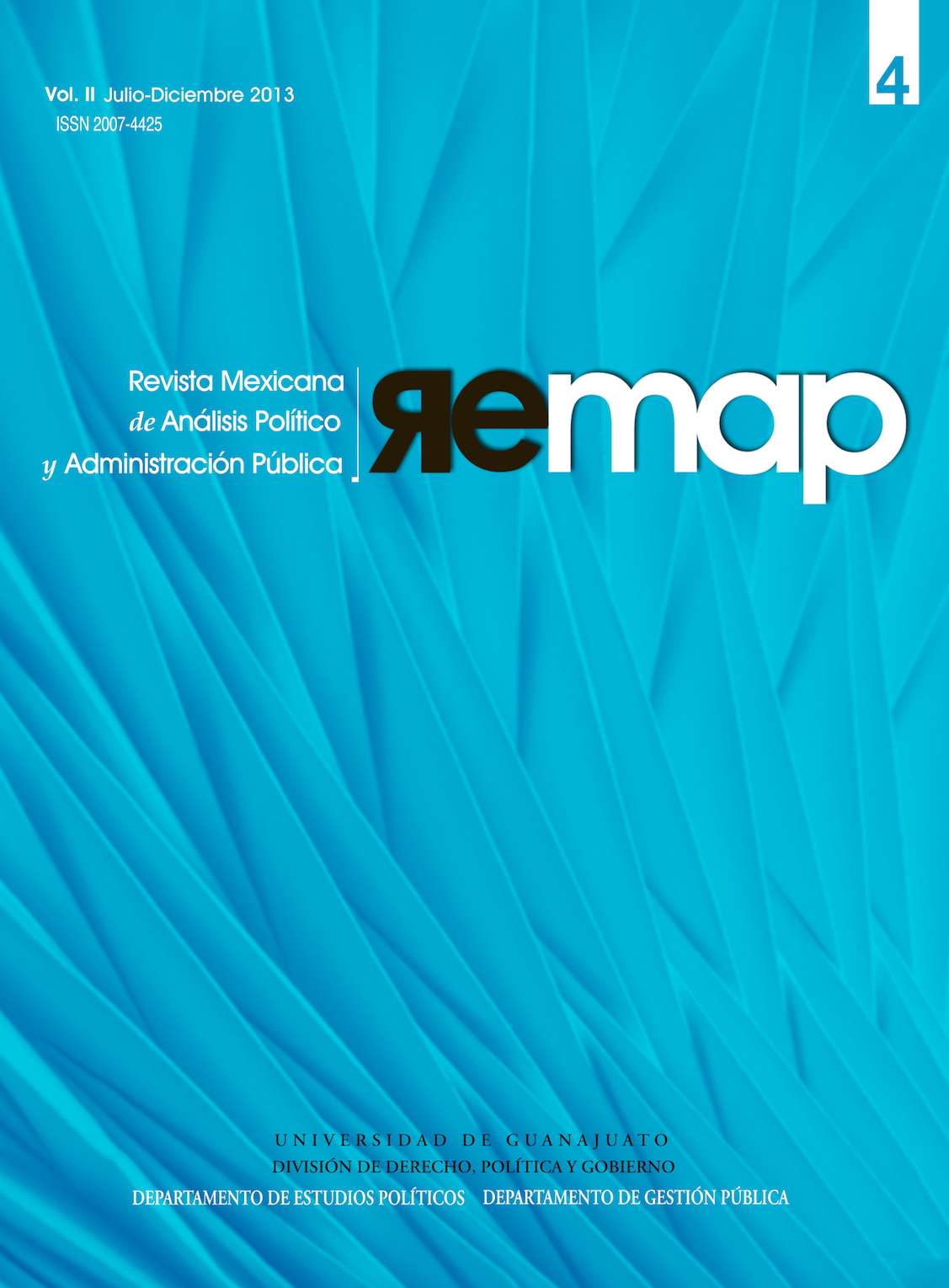Spatial Competition in Latin America: An Overview of Some Illustrative Models
DOI:
https://doi.org/10.15174/remap.v2i2.54Abstract
The “spatial” theory of politics has both behavioral and strategic implications. Voters are assumed to choose the candidate or alternative “closer” to the voter’s ideal point, in a space weighted by the salience of different dimensions or issues relevant to political culture of the nation. Candidates and parties are assumed to choose locations or platforms that appeal to the center of the distribution of preferences that are effectively enfranchised by the institutions of the nation. And legislative and executive institutions must somehow shape control of the agenda, including proposal power and restrictions on domain, in ways that balance political stability and the ability of political elites to achieve their goals. This note offers examples of research that has considered the spatial model in the context of Latin America, illustrating the value of the approach.
Keywords: Spatial Competition Models, Latin America, Candidates, Parties
Downloads
Published
How to Cite
Issue
Section
License
Los autores conservan los derechos de autor y deberán proporcionar por escrito la autorización para la primera publicación, vía red de cómputo e impresa a REMAP. Se permite a terceros utilizar lo publicado siempre que se dé el crédito adecuado y sin propósitos comerciales.
Esta obra está bajo una licencia Attribution-NonCommercial-NoDerivs 4.0 International.
